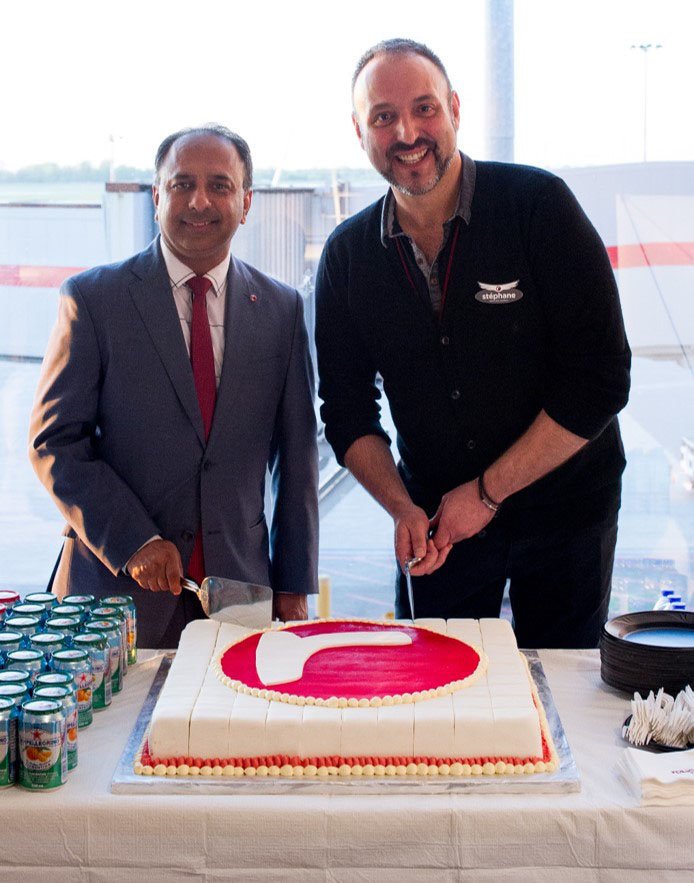Canadian leisure carrier Air Canada rouge has this week launched its new seasonal link between Montreal and the Italian city of Venice. The carrier’s inaugural flight departed Montreal's Pierre Elliott Trudeau International Airport on May 14, 2015, arriving at Venice’s Marco Polo Airport the following morning.
The new flight, operated by a 280-seat Boeing 767-300ER will fly on a twice weekly basis through to October 11, 2015, complementing the airline’s existing link to Venice from Toronto’s Lester B Pearson International Airport for summer 2015, meaning it now offers more seats between Canada and Venice during the peak summer season than any other airline.
"We are pleased to launch this new service from Montreal to the popular European destination of Venice. Air Canada continues to strategically deploy Air Canada rouge on routes with high leisure travel demand as part of our strategy for sustainable, profitable growth," said Benjamin Smith, president, passenger airlines, Air Canada.

Air Canada rouge introduced flights to Venice, then a new market for Canada’s flag carrier, when it began service in summer 2013. The Toronto – Venice route was launched on a three times weekly basis from July 3, 2013 complementing Air Canada’s business schedules to Rome Fiumicino from Montreal and Toronto.
Air Canada says it will continue to evaluate future market opportunities as new aircraft are introduced into its mainline fleet and existing aircraft are released for operation by Air Canada rouge as market demand warrants. Since the launch in July 2013 of Air Canada rouge, Air Canada has deployed its leisure carrier to a growing number of Caribbean, European and select sun destinations in the United States.
Air Canada rouge began operations on July 1, 2013 with a start-up fleet of two Airbus A319s and two Boeing 767-300ERs but has already grown to a fleet of 31 aircraft including 20 Airbus A319s and 11 Boeing 767-300ERs. Together with Air Canada Vacations, Air Canada rouge offers competitively-priced travel to 50 leisure destinations on 68 routes in Europe, Mexico, the U.S., the Caribbean, Asia, South America and Canada.
